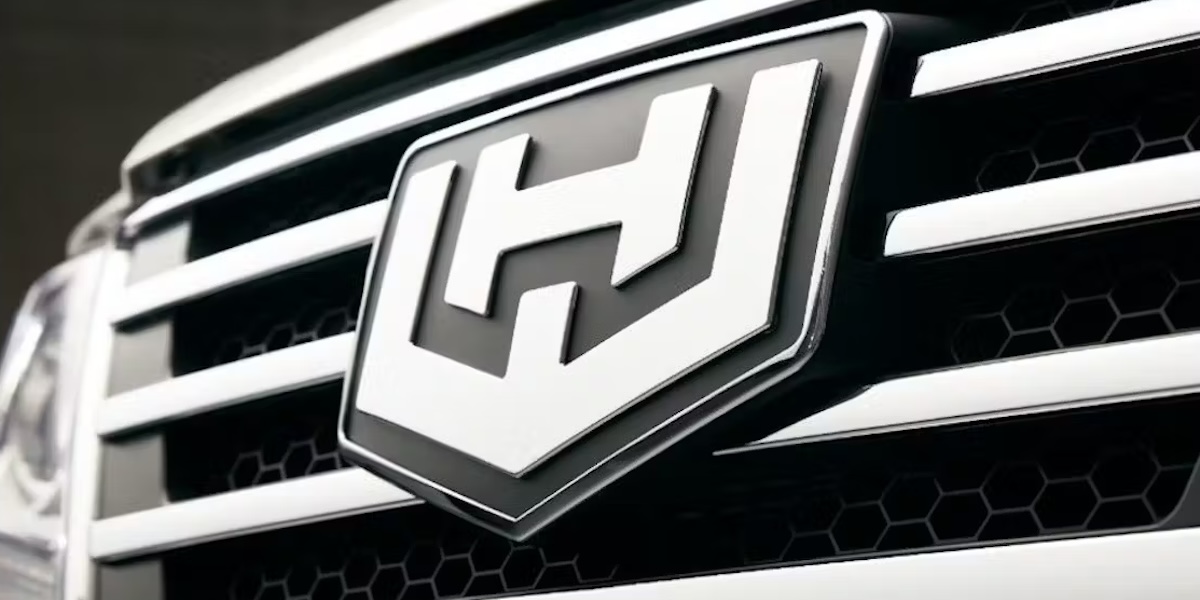After a successful pilot program, FedEx expanded its electric delivery fleet by purchasing 15 Workhorse W56 electric vans.
Specifically designed to meet the demanding requirements of last-mile delivery operations, the Workhorse W56 offers an efficient eAxle electric drivetrain, regenerative braking, and lightweight composite body panels to deliver higher efficiency, lower operating costs, and comparatively lower emissions. in diesel. The company believes these features make the W56 perfectly suited for the kind of stop-and-go routes that customers like FedEx, UPS, and (let's face it) Amazon operate.
“FedEx is developing a strong lineup of electric vehicle models that can meet the needs of our network,” said Pat Donlon, Vice President, Global Vehicles, FedEx. “Joining our fleet, the Workhorse W56 electric will be part of our story as we aim to transform our parcel delivery fleet into all zero-tailpipe emission vehicles by 2040.”
Those ships won't just be clean – they'll be very efficient. According to a company report, the W56 achieved an impressive 31 MPGE during FedEx' real-world delivery route testing. That compares favorably to the national fuel economy average of 7 MPG for similar diesel delivery trucks, which represents very low energy consumption per mile. Based on an average of 31,875 miles driven per vehicle per year, Workhorse says FedEx will be able to avoid an estimated 607 metric tons of hazardous pipeline emissions annually.
Electrek's Take

Keen readers will recall that UPS made headlines when it ordered 1,000 Workhorse delivery vans back in 2018, and the company is still working to make good on that order following the completion of its Union City, Indiana, manufacturing facility. The company, called “Workhorse Ranch,” says its remodeled facility will be able to build and paint 5,000 Workhorse vehicles a year at a time.
In its 2023 financial statement, Workhorse said that FedEx has seven Class 4 EV units in its delivery fleet, and that FedEx will begin electrifying its entire fleet in 2024 with the first W56 vans entering service during -Q1 2024.
We're well into Q3 2024, obviously, but I don't want to seem unreasonably harsh on Workhorse. Heck, a few quarters here or there seem solid it makes sense on the Tesla Semi timeline – I just think there's a historical context needed whenever we're talking about startups like this. Head down to the comments and let me know if you agree.
SOURCE | PHOTOS: Workhorse, via EVReport.
FTC: We use auto affiliate links to earn income. More.